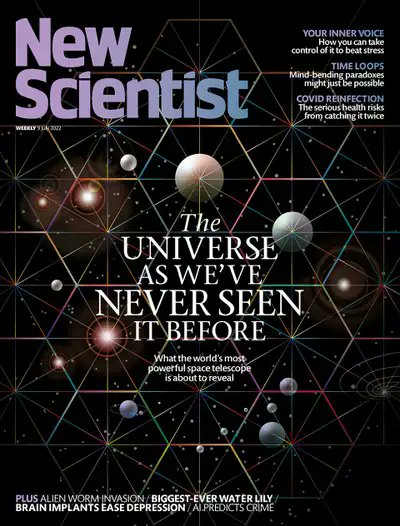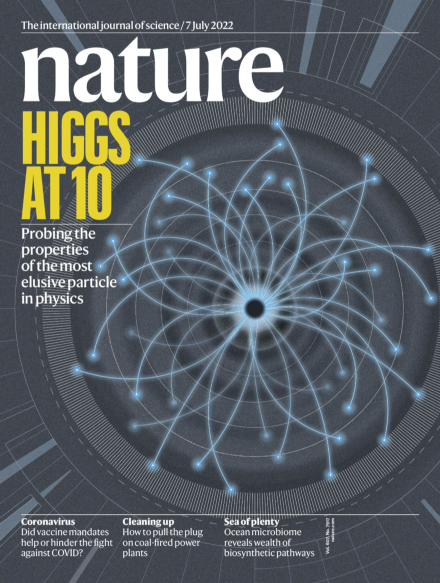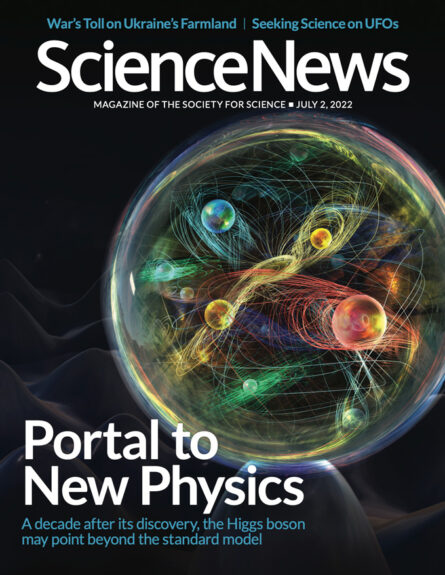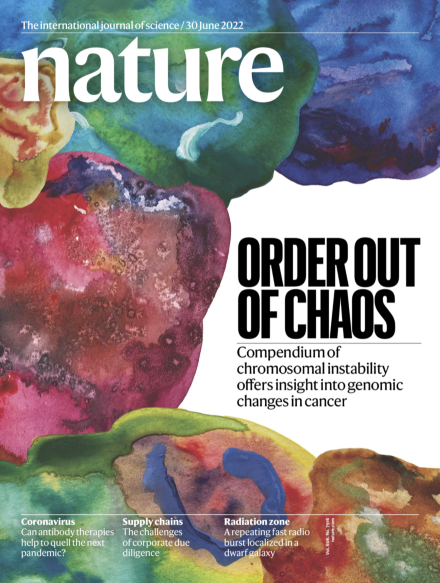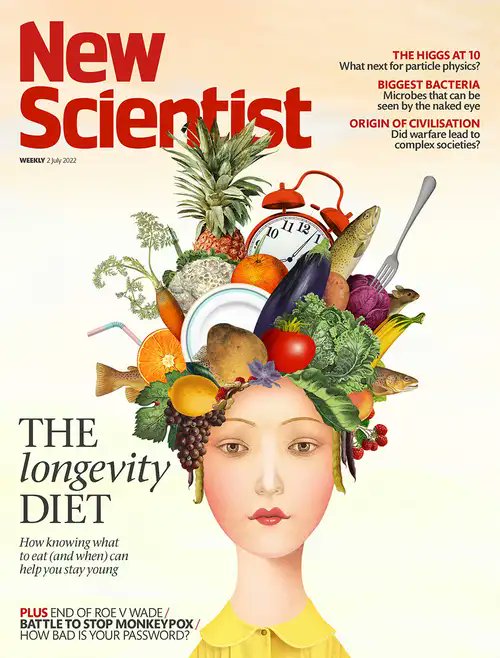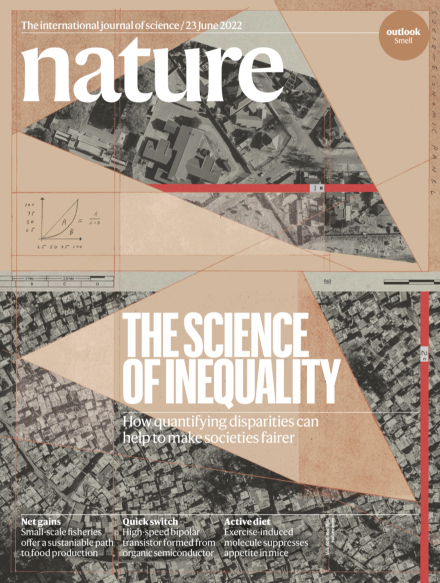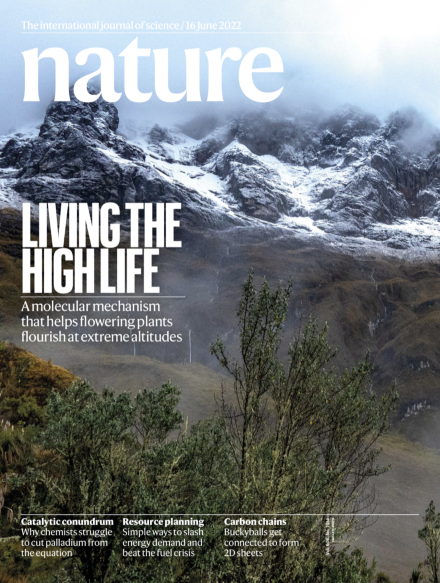COVER STORIES
- FEATURES – How to understand your inner voice and control your inner critic
- FEATURES – 7 big questions the James Webb Space Telescope is about to answer
- NEWS– Covid-19: What are the risks of catching the virus multiple times?
In this week’s issue: We’re about to see the first full-colour images from the James Webb Space Telescope – here’s what we can expect Available at newsstands and via our app for digital and audio editions. https://newscientist.com/issue/3394/


